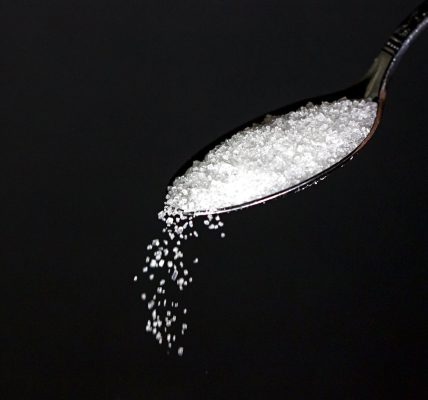America’s Polysubstance Abuse Crisis

In the ever-evolving landscape of addiction in America, a troubling trend is emerging that threatens to exacerbate an already dire situation. The rise of polysubstance abuse, particularly the combination of synthetic opioids and stimulants, is ushering in a dangerous new era in the country’s addiction crisis. Addiction specialists and medical professionals are sounding the alarm, warning that this phenomenon is making the treatment of opioid addiction increasingly challenging and pushing the crisis to unprecedented levels of peril.
Understanding Polysubstance Abuse
Polysubstance abuse, as defined by the U.S. Centers for Disease Control and Prevention (CDC), involves the use of multiple drugs either simultaneously or within a short timeframe, whether intentionally or unintentionally. This can happen when people seek to enhance or alter the effects of a particular drug by combining it with others, or when they unknowingly consume substances that have been mixed or cut with additional drugs. The consequences of polysubstance abuse can be deadly, as the combined effects of different drugs can be stronger and more unpredictable than those of any single drug alone.
Contrary to common misconceptions, mixing substances from different drug classes, such as opioids and stimulants, does not mitigate their effects. In fact, it can lead to even greater risks, as the interaction between drugs can amplify or mask their individual effects, increasing the likelihood of overdose and other adverse outcomes.
The Intersection of Stimulants and Opioids
The opioid crisis in America has long been a focal point of public health efforts, but the landscape of addiction is evolving. Jan Hoffman, writing for The New York Times, highlights that the crisis is no longer confined solely to opioids like fentanyl; rather, the rise of polysubstance abuse is presenting new challenges. Studies have revealed that a significant majority of opioid addicts also use other substances, complicating treatment efforts and confounding policymakers at all levels of government.
Stimulants such as cocaine and methamphetamine are increasingly being consumed alongside opioids, further complicating an already complex crisis. These substances, when combined with potent synthetic opioids like fentanyl, have become a major driver of fatal overdoses in the United States. The lethal combination of stimulants and opioids has been termed the “fourth wave” of the opioid crisis, following waves associated with prescription opioids, heroin, and fentanyl.
A recent NPR article cites a study the results of which were published in the scientific journal Addiction. Joseph Friedman, the lead author of the study and a researcher at UCLA’s David Geffen School of Medicine, writes:
We’re now seeing that the use of fentanyl together with stimulants is rapidly becoming the dominant force in the U.S. overdose crisis… Fentanyl has ushered in a polysubstance overdose crisis, meaning that people are mixing fentanyl with other drugs, like stimulants, but also countless other synthetic substances.
Treatment Challenges and Solutions
Addressing polysubstance abuse presents unique challenges for healthcare providers. While medications such as buprenorphine and methadone have been effective in treating opioid addiction, there are currently no approved medications for stimulant abuse. This gap underscores the urgent need for research and development of therapies tailored to address stimulant-use disorders.
Additionally, shortages of drugs like Adderall, which have been prescribed to help people reduce their methamphetamine use, further complicate treatment efforts. The development of new medications and interventions for stimulant abuse is essential to effectively combat the growing crisis of polysubstance abuse.
A Call to Action
As America grapples with the evolving landscape of addiction, addressing polysubstance abuse must become a priority for policymakers, healthcare providers, and communities alike. This crisis demands a multifaceted approach that encompasses prevention, treatment, harm reduction, and education.
Efforts to combat polysubstance abuse must be comprehensive and evidence-based, with a focus on increasing access to treatment, supporting research into new therapies, and expanding harm reduction initiatives. Equally important is the need for public awareness campaigns to educate individuals about the dangers of mixing substances and the resources available for those struggling with addiction.
In confronting the polysubstance abuse crisis, we must heed the warnings of medical professionals and addiction specialists, recognizing that the convergence of opioids and stimulants represents a new frontier in the ongoing battle against addiction. Only through collaborative and concerted efforts can we hope to stem the tide of this dangerous trend and prevent further loss of life in our communities.
Written by Tatyana Meshcheryakova. First published May 7, 2024.
Sources:
“How polysubstance abuse is worsening the American opioid crisis,” Yahoo, November 21, 2023.
“Fentanyl mixed with cocaine or meth is driving the ‘4th wave’ of the overdose crisis,” NRP, September 14, 2023.
“Charting the fourth wave: Geographic, temporal, race/ethnicity and demographic trends in polysubstance fentanyl overdose deaths in the United States, 2010–2021,” Addiction, September 13, 2023.
Image Copyright: lipik.




